Modernist maven: Lecturis present a new monograph on Dutch icon Wim Crouwel
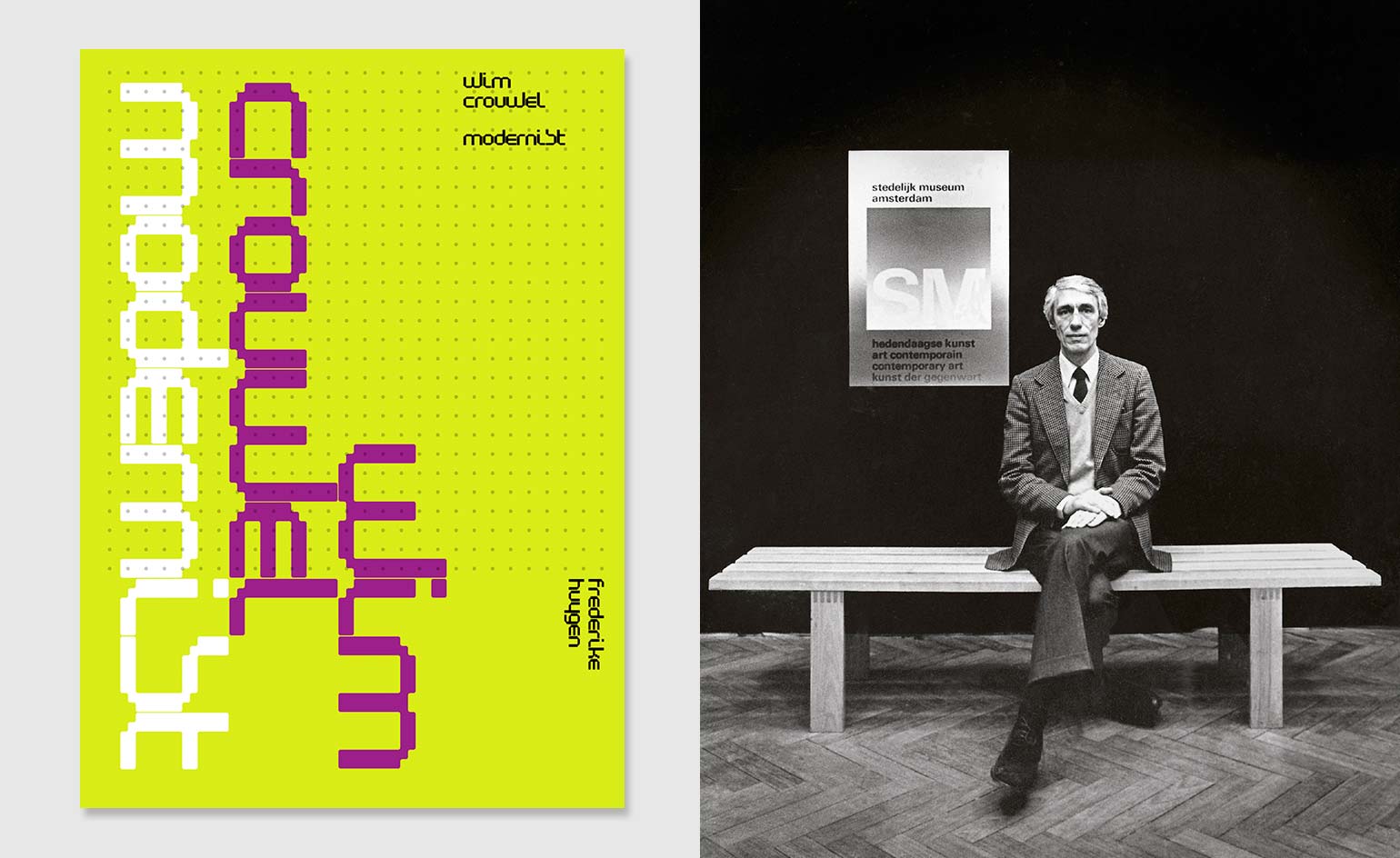
In the new publication Modernist, Dutch author Frederike Huygen revisits Wim Crouwel's work, going into greater depth to understand the methodology and philosophy behind one of the greatest minds in modern graphic design.
It is a sequel to the first monograph, Wim Crouwel: mode en module, which she co-authored in 1997. Intended to open up a discussion on a global scale. This book, unlike the first, will be published in English.
In summing up the importance of her compatriot's work and his contribution to the modernism movement in the 20th century, Huygen says: ‘Crouwel has been a strong advocate of [Swiss] modernism since the 1960s, to such an extent that the movement has become synonymous with Dutch design.’
‘Indirectly,' she adds, 'Crouwel is also responsible for the reactions to modernism and the lively design climate in the 80s. His seminal works such as the 'New Alphabet' (1967) have became an icon and received a lot of renewed attention in the digital era.’
The book has been arranged thematically rather than chronologically. It begins with an in-depth introduction of Crouwel’s approach to modernity and modernism, illustrated by a photographic biography, which leads into his inception as a designer during the post-war period of recovery and reconstruction. His interest in Swiss typography led to the setting up of Total Design in the early 1960s, and heralded an important era in the designer’s life, when he began his three-decade-long collaboration with the Stedelijk Museum. This is an important section of the book, exploring Crouwel’s influence in the public sector and looking into the designer’s personal interpretation of art. ‘This period testifies to his incredible versatility, inventiveness and sensitivity,’ says Huygen.
Crouwel demanded a critical book rather than something that was little more than a catalogue of his work, and Huygen has not disappointed. Taking the reader through the second decade of Total Design, she analyses the criticism and challenges that Crouwel encountered at a time of changing opinions in both the industry and the public. Assessing the reasons for Crouwel’s international popularity since the 1990s, the author also addresses the problems associated with the term ‘modernism’.
‘I hope that we can look again with fresh eyes at Crouwel and at modernism,' she concludes, 'which has for so long suffered from cliches.’
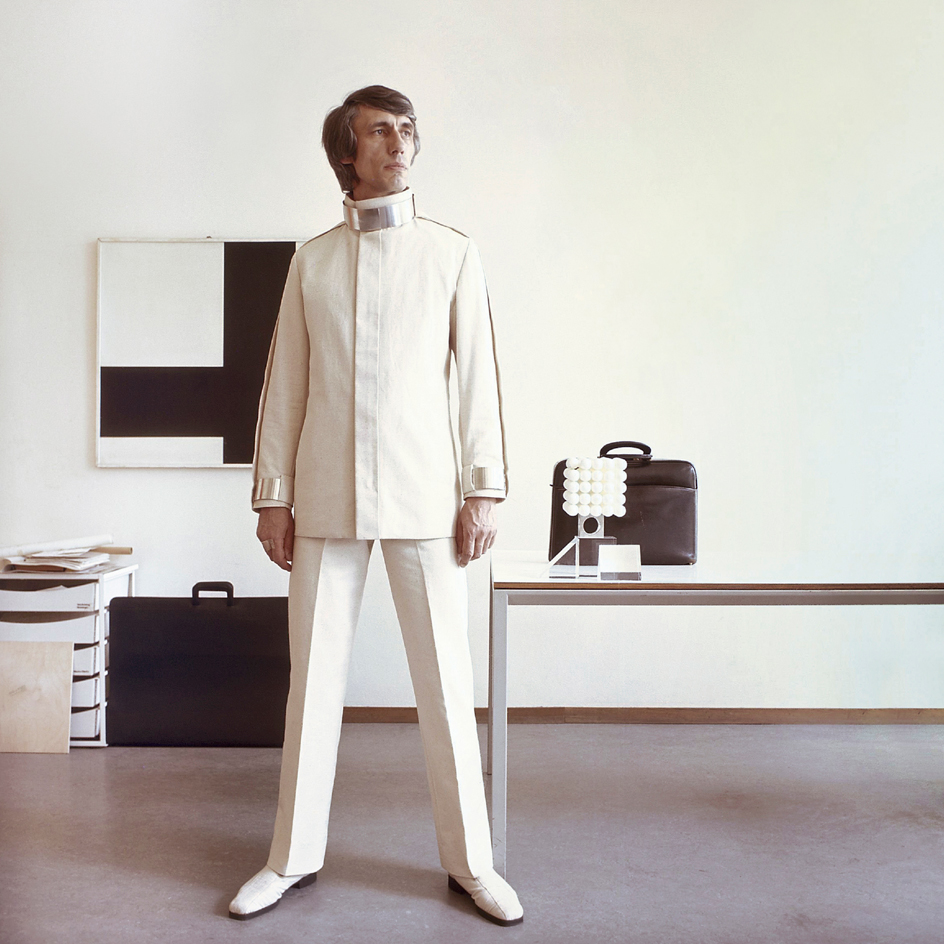
Wim Crouwel wears a silk space suit and jewellery by Alice Edeling at Total Design in 1969 in this portrait by Paul Huf, used for the poster of Crouwel’s exhibition at the Design Museum London in 2011
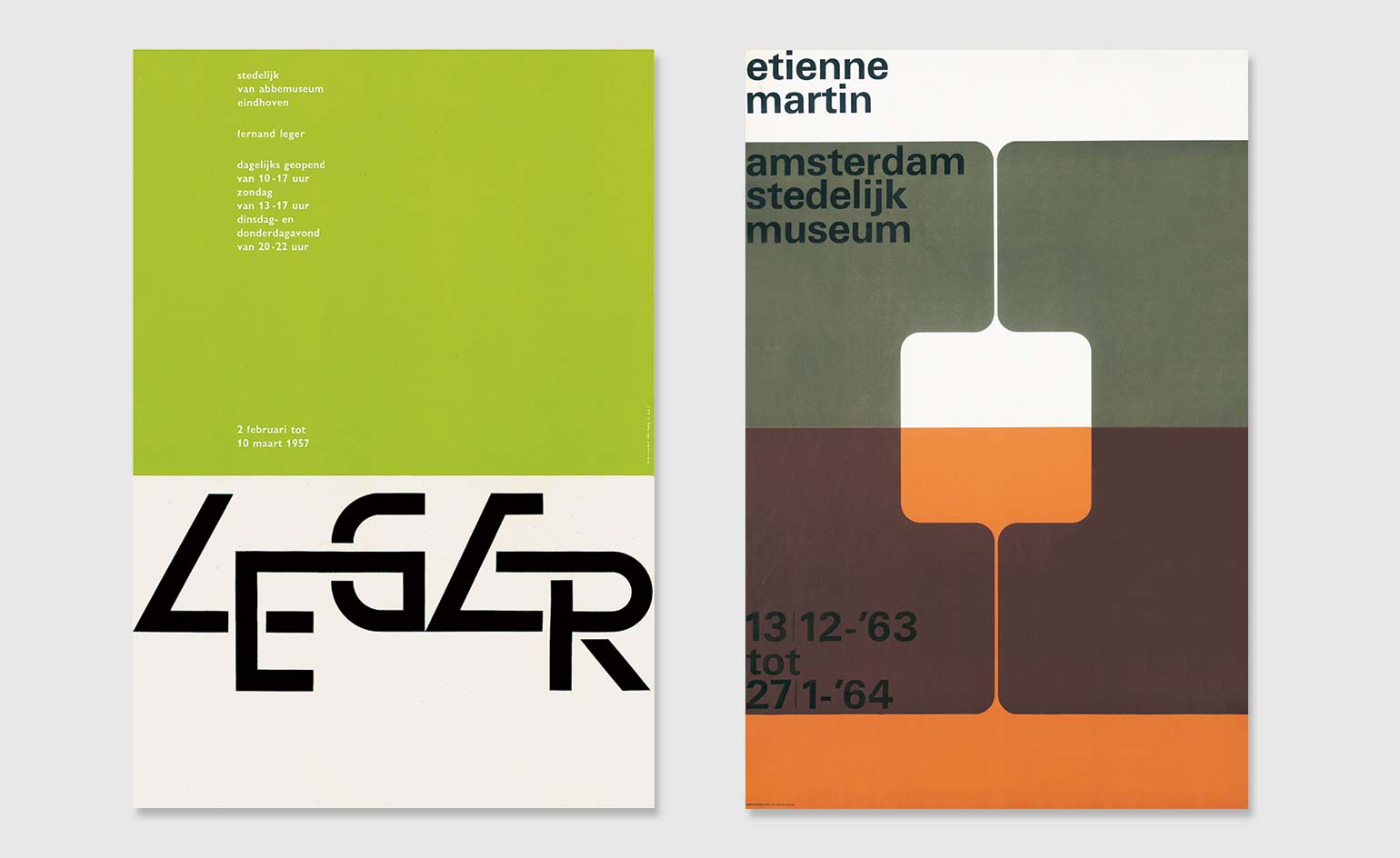
Posters and information sheets of Crouwel’s exhibition at Amsterdam’s Stedelijk Museum from 1957 and 1963, respectively
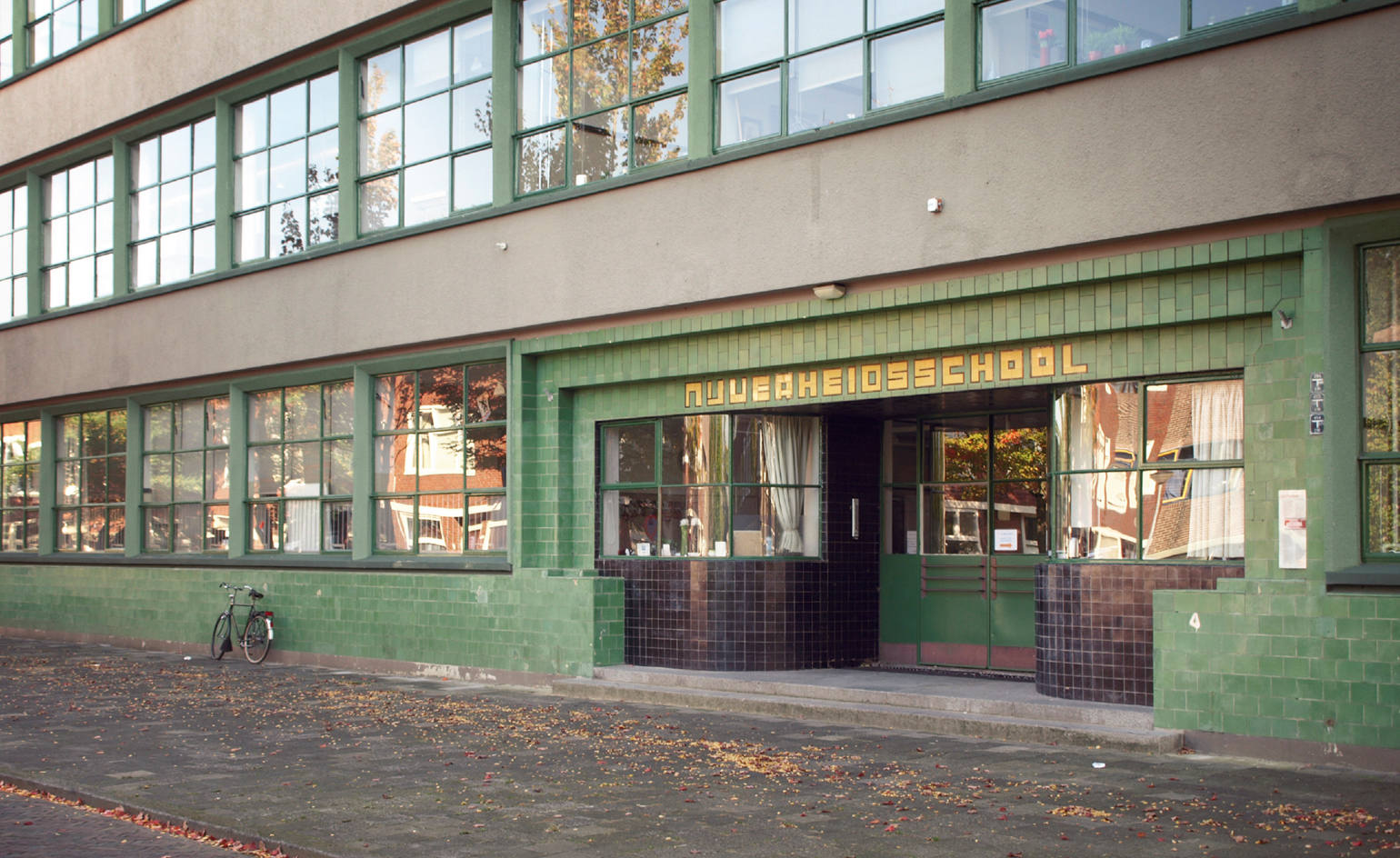
Crouwel joined the Academie Minerva in 1946. The art school – located in Holland’s first modernist building – was designed by Jan Wiebenga and Leendert Cornelis van der Vlugt in 1922
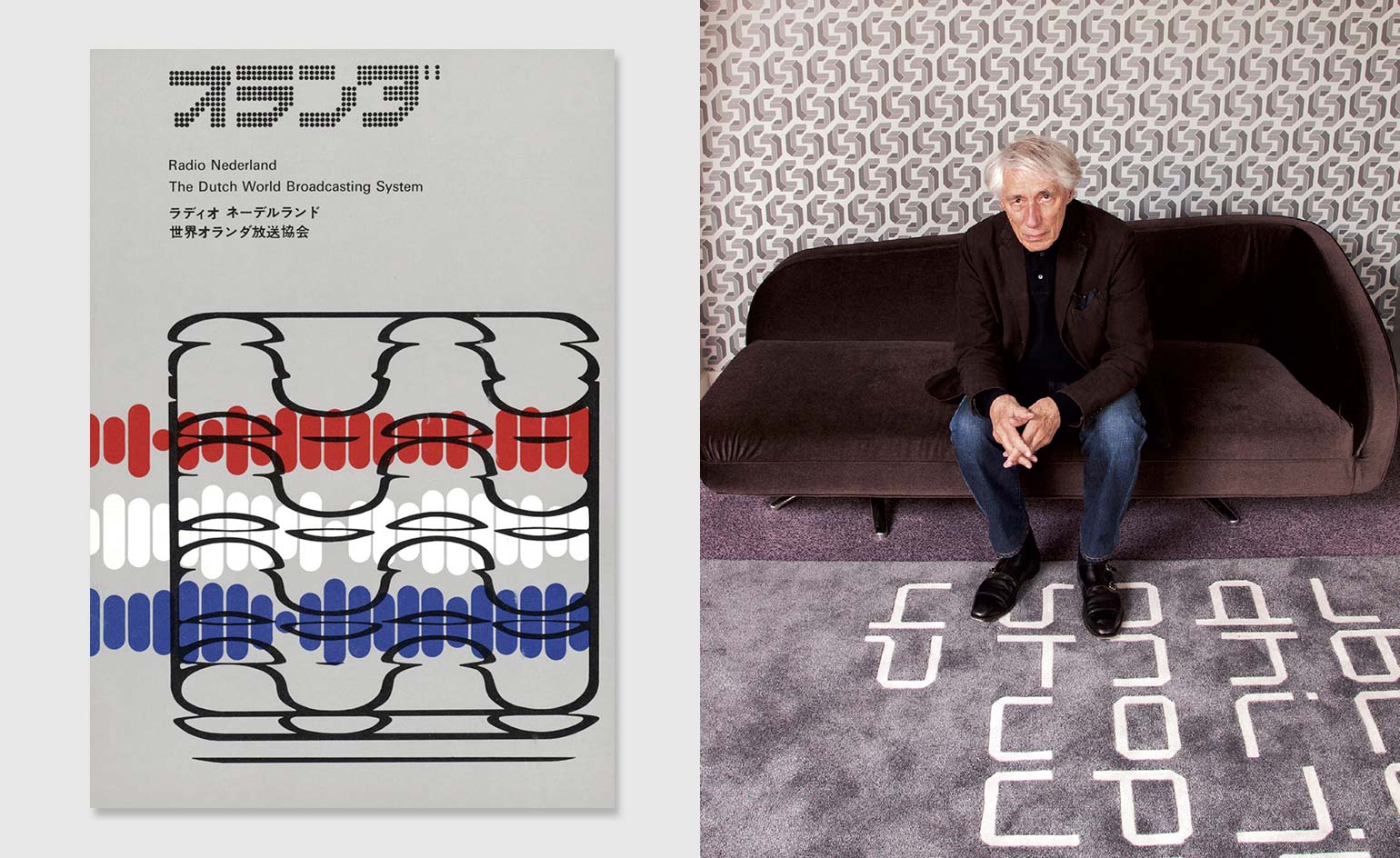
Pictured left: Crouwel and Will van Sambeek designed this brochure and leaflet for Osaka; Shigeru Watano was responsible for the Japanese logo. Right: Crouwel sitting against a background of his wallpaper, with one of his rugs at his feet, during the London Design Museum retrospective in 2011
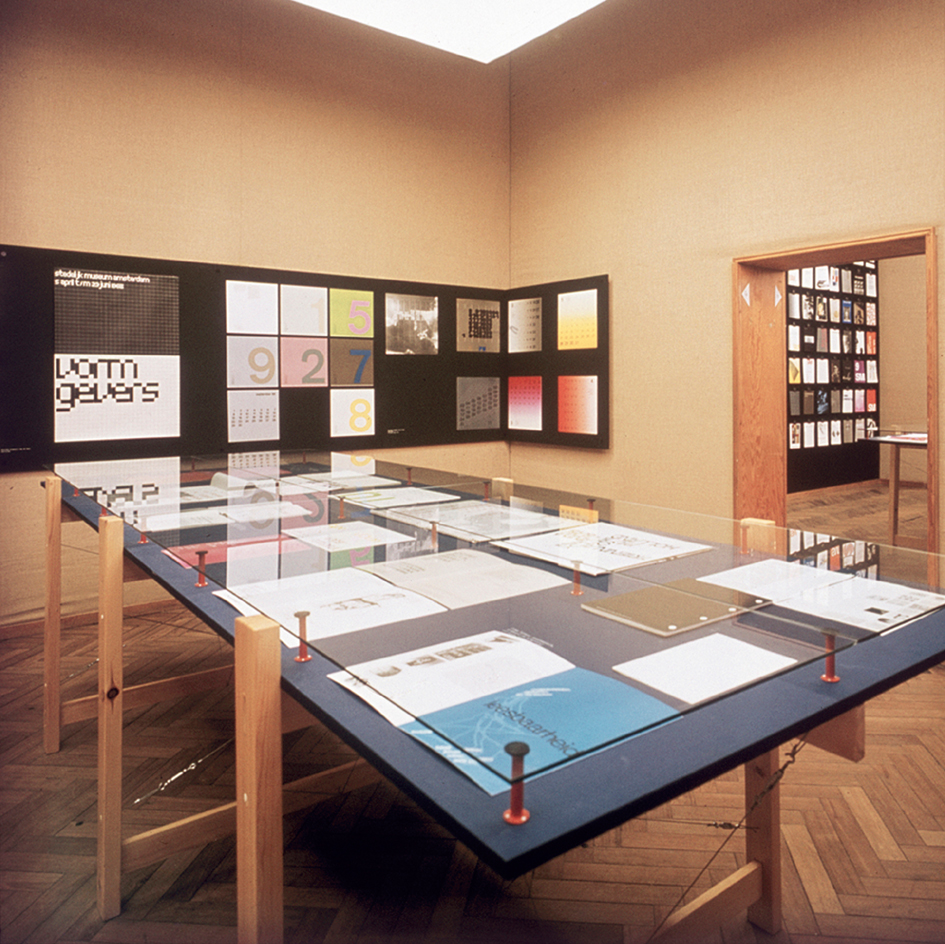
Installation shot from Crouwel’s exhibition at the Stedelijk Museum in 1979
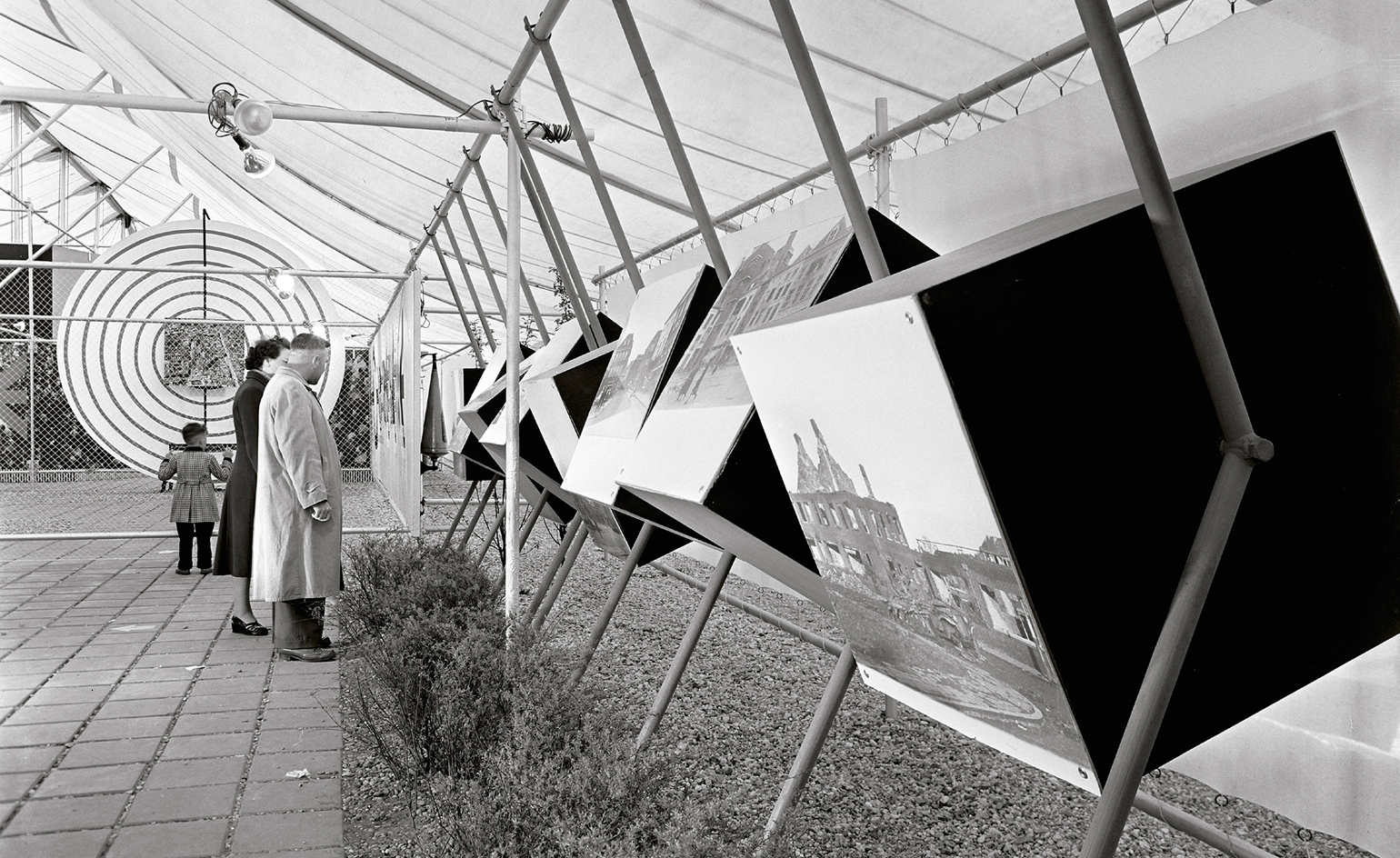
A marquee made from scaffolding material, with brick pillars and paving stones in grey, red, green, yellow and blue was used to house the ’Etappe 1945–1955’ exhibition showing post-war reconstruction in the Dutch city of Den Bosch
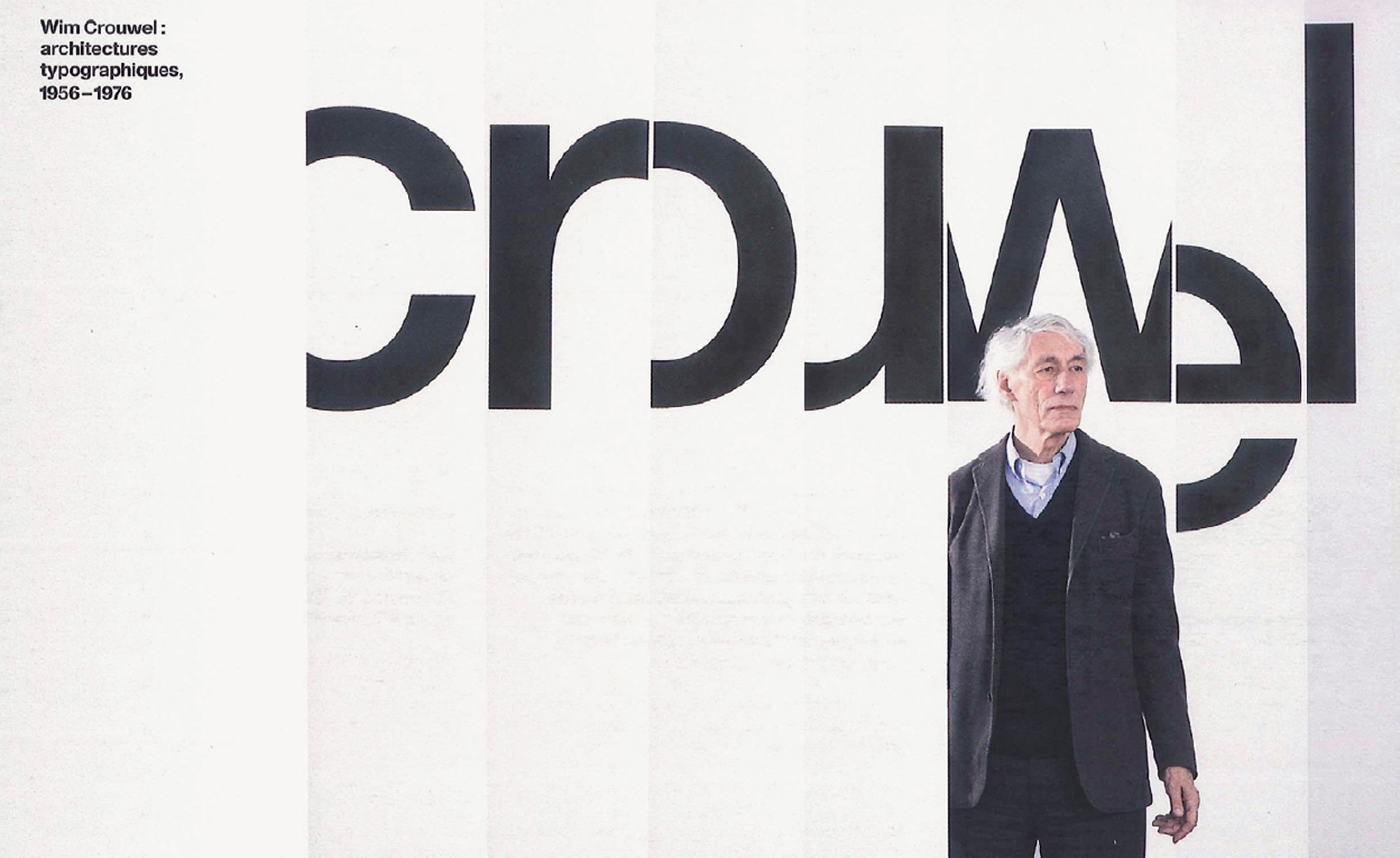
An invitation card designed by Dutch studio Experimental Jetset for Crouwel’s exhibition at the Galerie Anatome in Paris in 2007
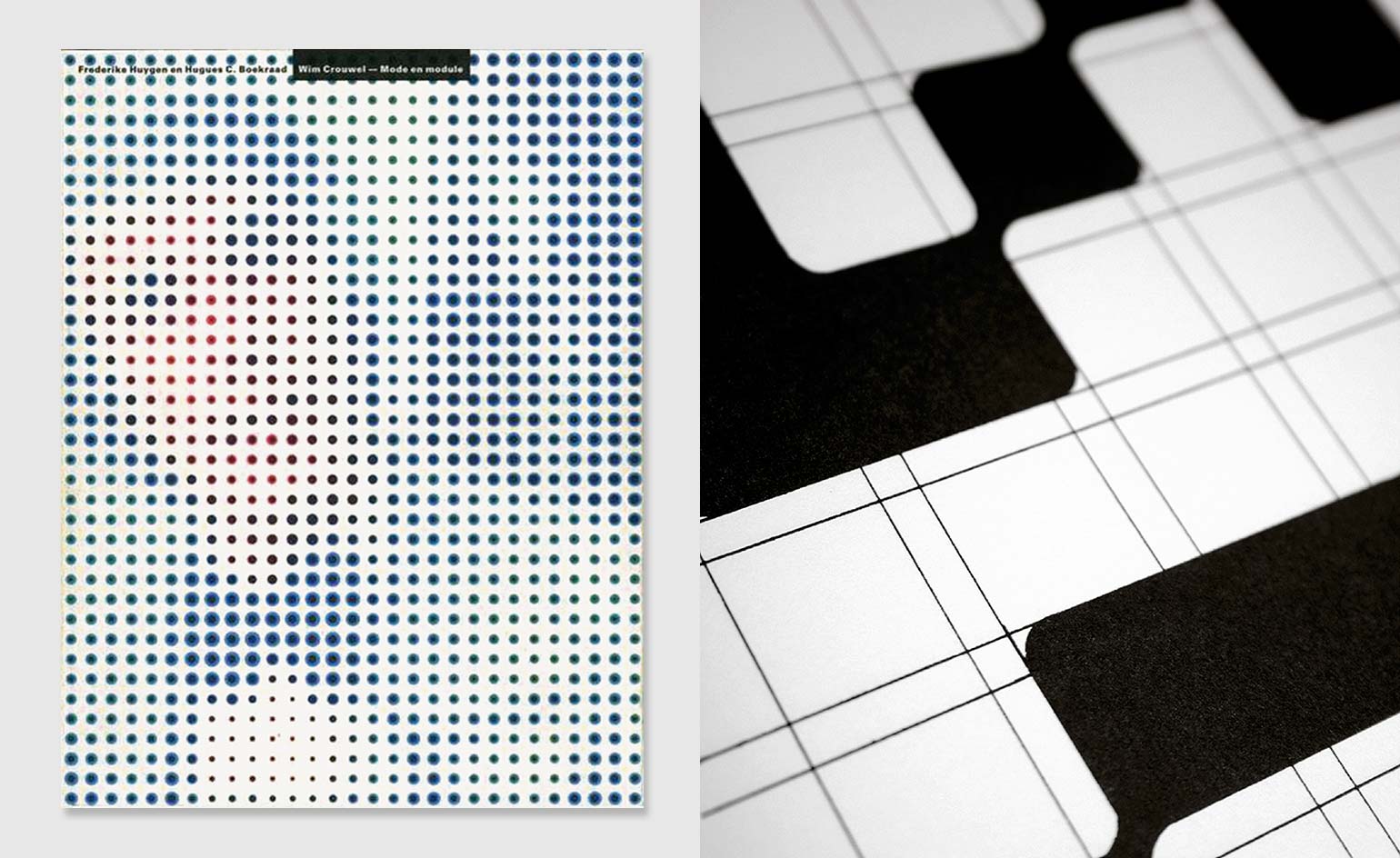
Pictured left: the cover of Wim Crouwel: mode en module, a 1997 monograph on Crouwel’s work, designed by Karel Martens and Jaap van Triest
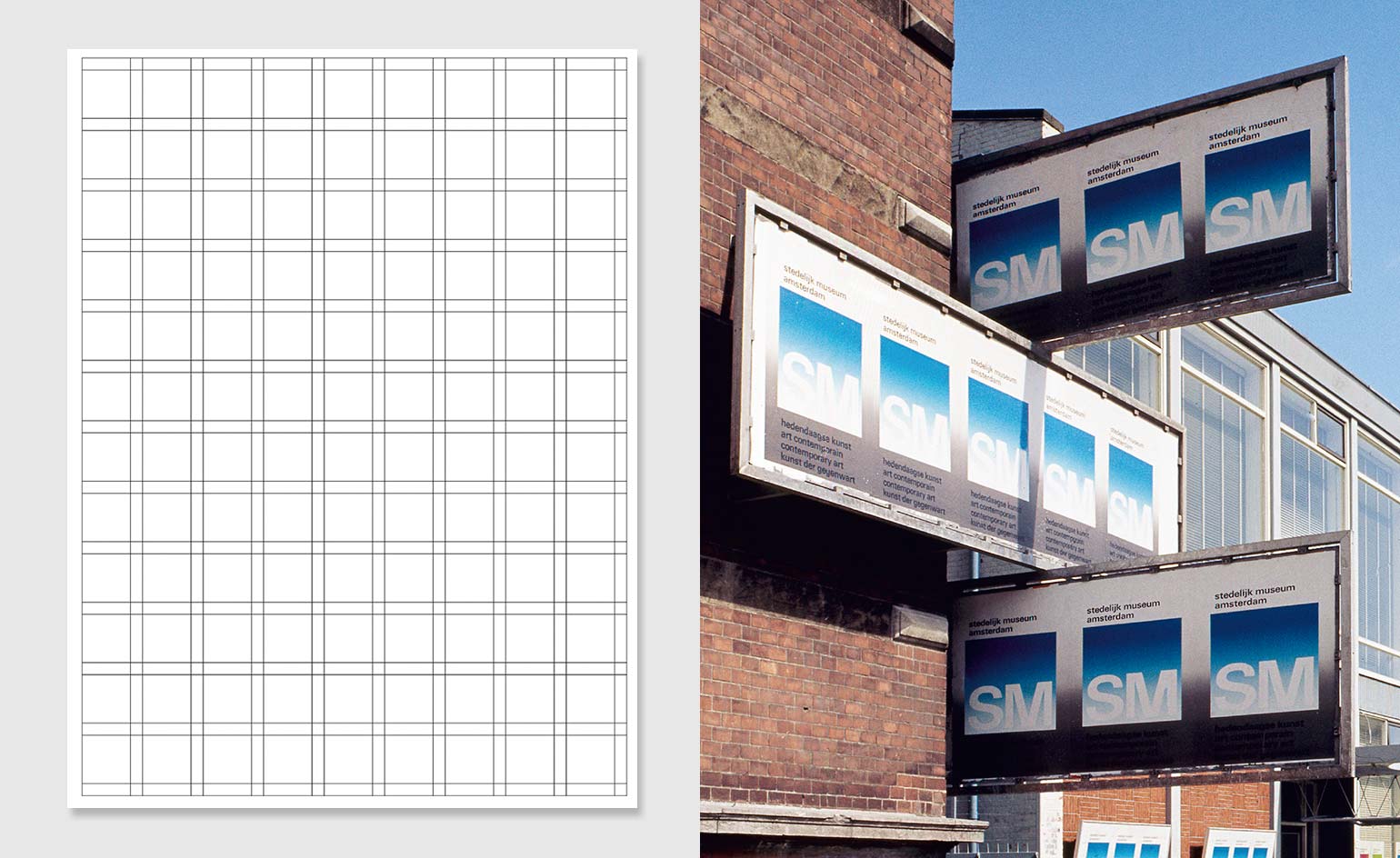
Pictured left: Crouwel’s grid for the Stedelijk catalogues. Right: Crouwel’s modernism was expressed in countless collateral for the Stedelijk Museum. The Stedelijk posters were all printed at the Stadsdrukkerij, Amsterdam’s printers
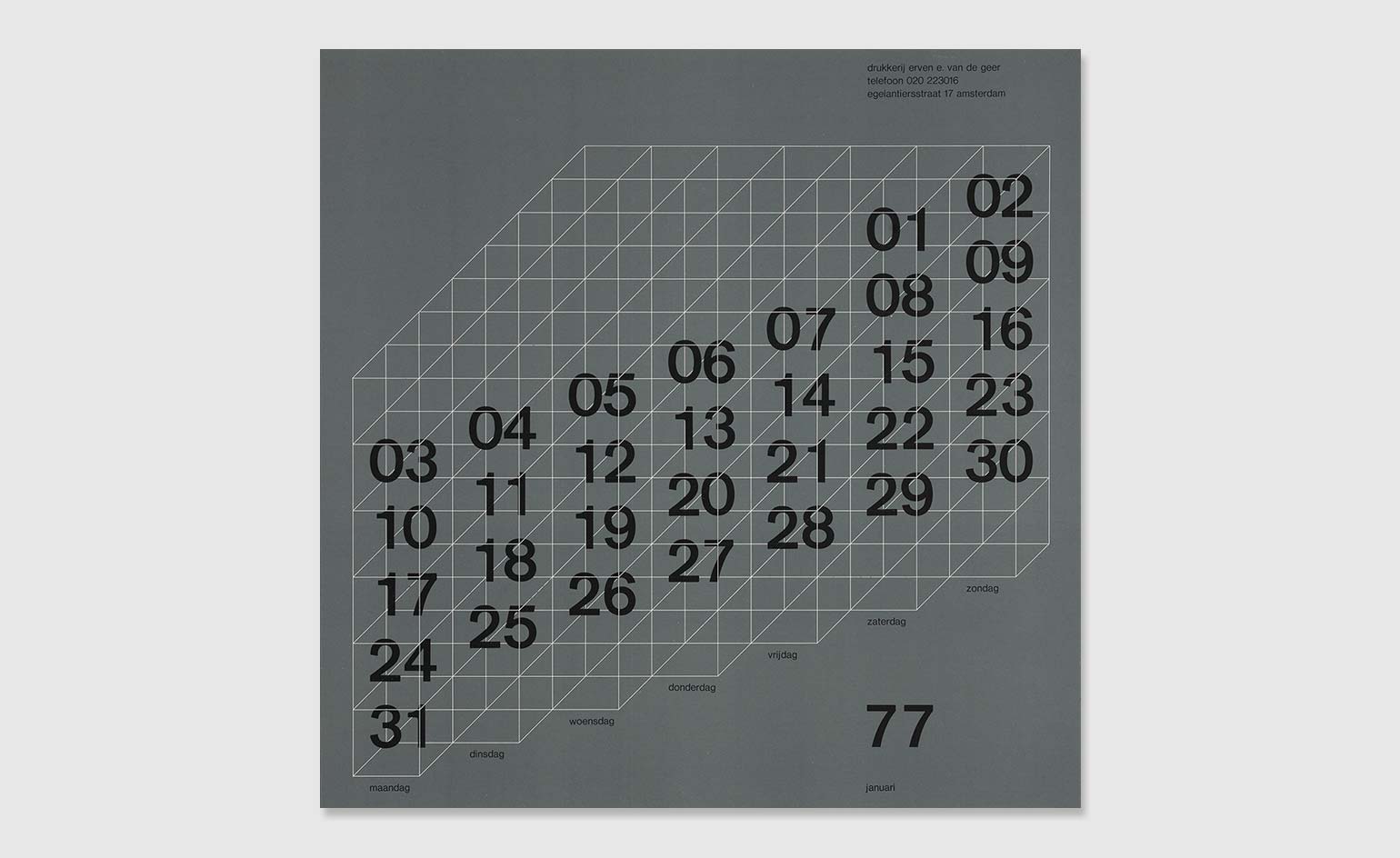
A three-dimensional grid marks this calendar for 1977
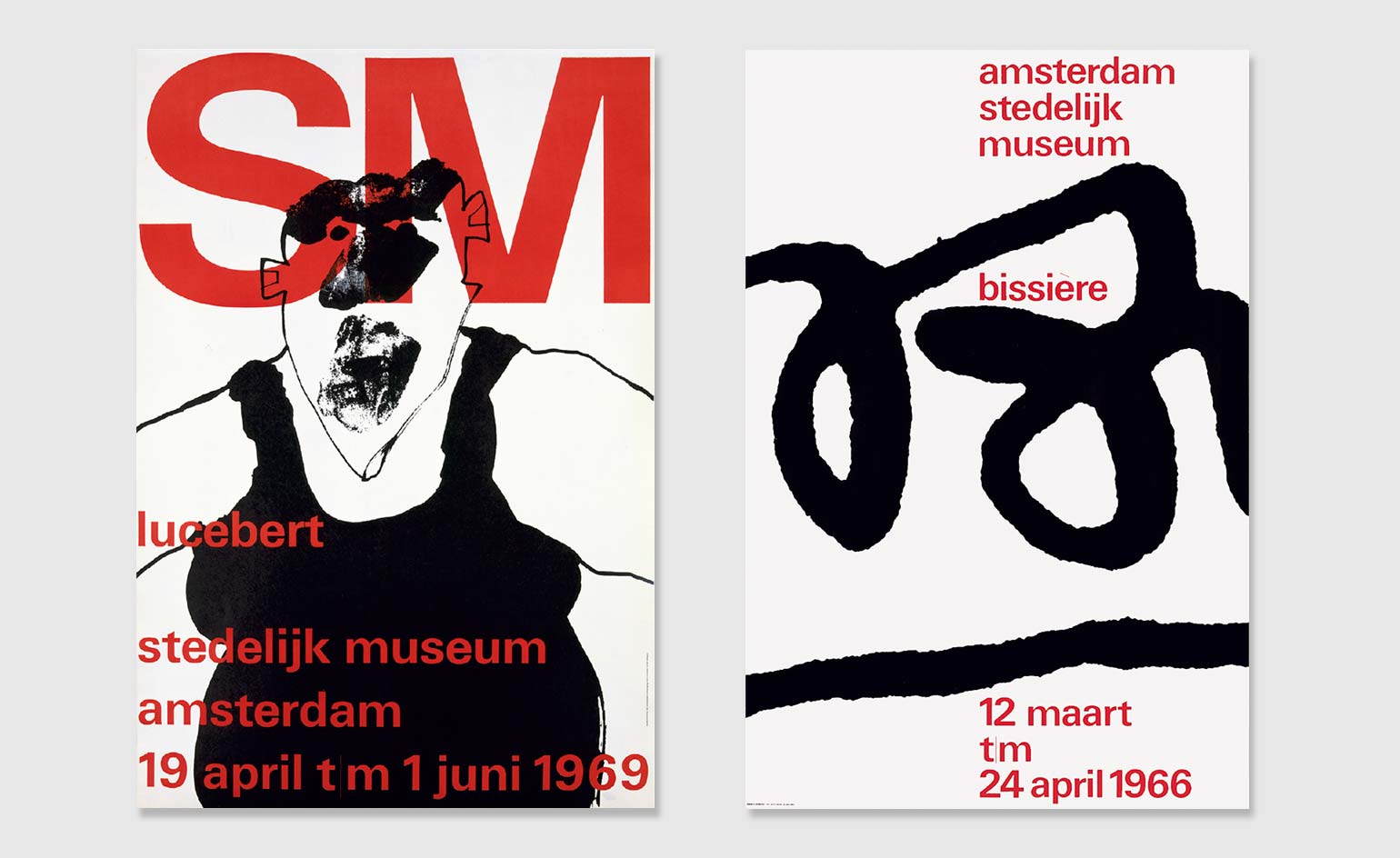
Pictured left: a 1969 show poster for Dutch artist Lucebert. Right: a 1966 show poster for French artist Bissière
INFORMATION
Modernist: Wim Crouwel, by Frederike Huygen, €49,50, is published by Lecturis
Wallpaper* Newsletter
Receive our daily digest of inspiration, escapism and design stories from around the world direct to your inbox.
Yoko Choy is the China editor at Wallpaper* magazine, where she has contributed for over a decade. Her work has also been featured in numerous Chinese and international publications. As a creative and communications consultant, Yoko has worked with renowned institutions such as Art Basel and Beijing Design Week, as well as brands such as Hermès and Assouline. With dual bases in Hong Kong and Amsterdam, Yoko is an active participant in design awards judging panels and conferences, where she shares her mission of promoting cross-cultural exchange and translating insights from both the Eastern and Western worlds into a common creative language. Yoko is currently working on several exciting projects, including a sustainable lifestyle concept and a book on Chinese contemporary design.
-
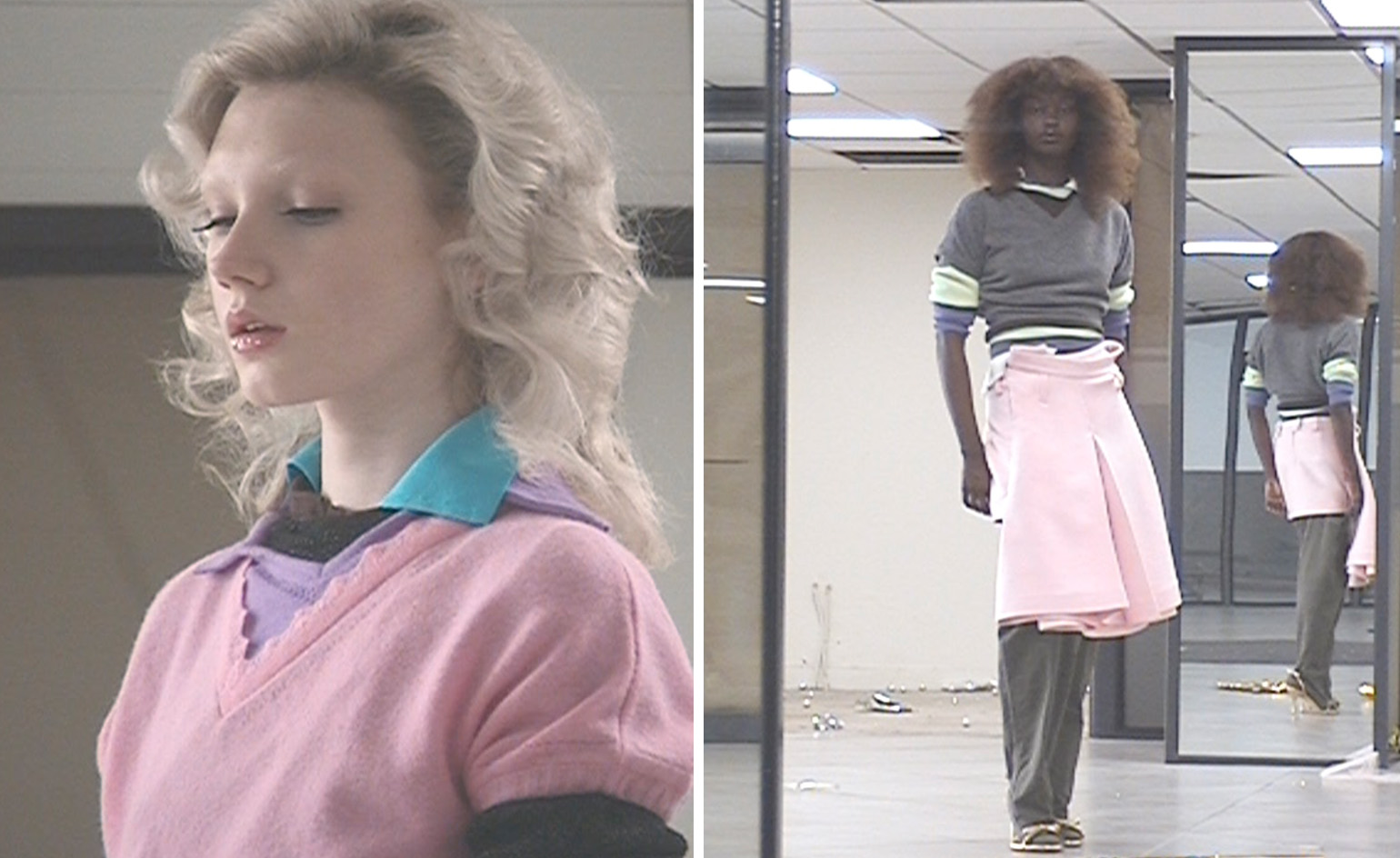 All-In is the Paris-based label making full-force fashion for main character dressing
All-In is the Paris-based label making full-force fashion for main character dressingPart of our monthly Uprising series, Wallpaper* meets Benjamin Barron and Bror August Vestbø of All-In, the LVMH Prize-nominated label which bases its collections on a riotous cast of characters – real and imagined
By Orla Brennan
-
 Maserati joins forces with Giorgetti for a turbo-charged relationship
Maserati joins forces with Giorgetti for a turbo-charged relationshipAnnouncing their marriage during Milan Design Week, the brands unveiled a collection, a car and a long term commitment
By Hugo Macdonald
-
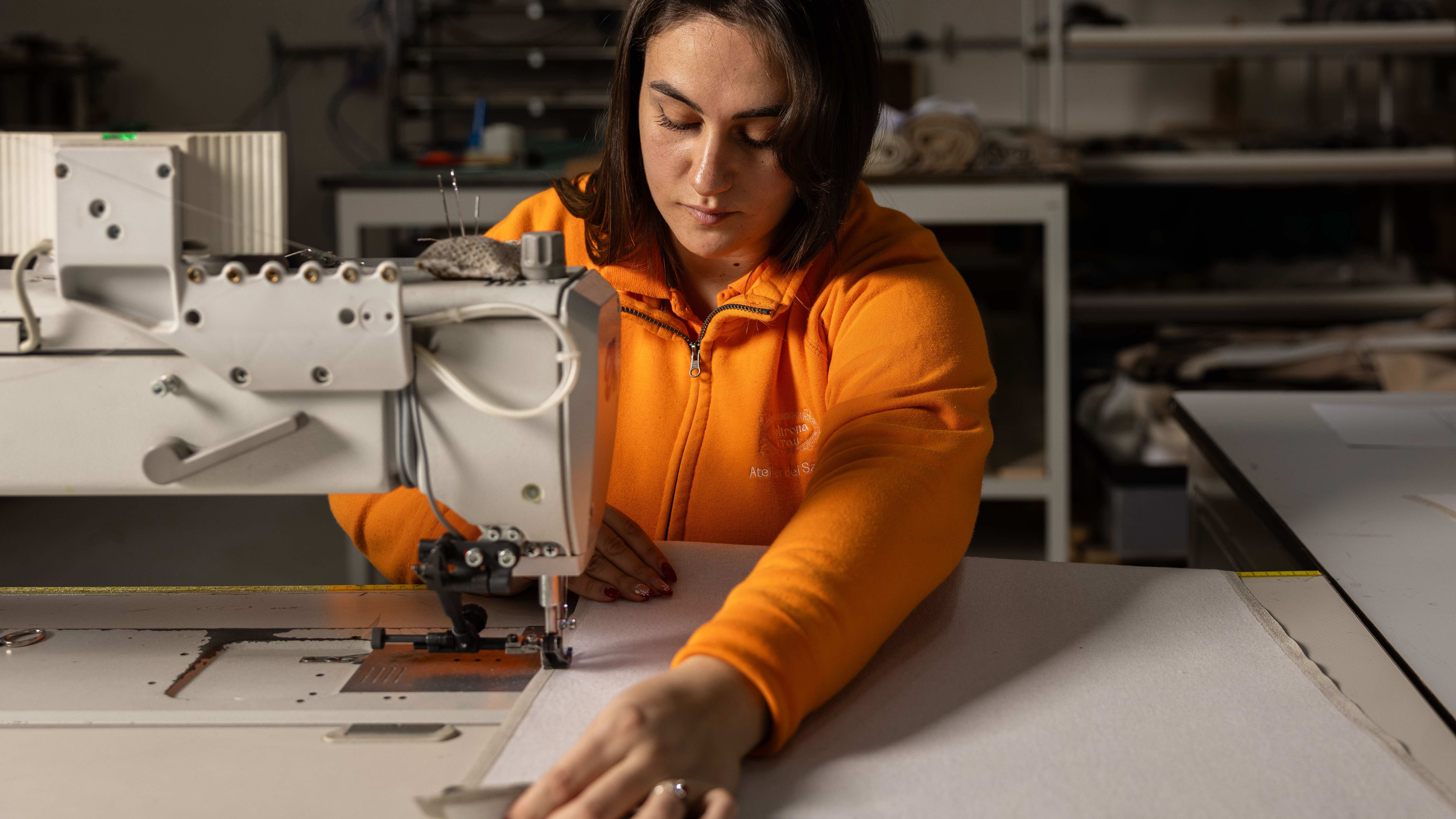 Through an innovative new training program, Poltrona Frau aims to safeguard Italian craft
Through an innovative new training program, Poltrona Frau aims to safeguard Italian craftThe heritage furniture manufacturer is training a new generation of leather artisans
By Cristina Kiran Piotti
-
 SlowMo eases digital mental health therapy into daily life
SlowMo eases digital mental health therapy into daily lifeSlowMo is a new mental health support app developed by design studio Special Projects and King’s College London that uses visual prompts to combat unhelpful thoughts
By Martha Elliott
-
 Mark Dalton on helping people navigate a pandemic through design
Mark Dalton on helping people navigate a pandemic through designDesign Emergency began as an Instagram Live series during the Covid-19 pandemic and is now becoming a wake-up call to the world, and compelling evidence of the power of design to effect radical and far-reaching change. Co-founders Paola Antonelli and Alice Rawsthorn took over the October 2020 issue of Wallpaper* – available to download free here – to present stories of design’s new purpose and promise. Here, Alice Rawsthorn talks to creative director Mark Dalton
By Alice Rawsthorn
-
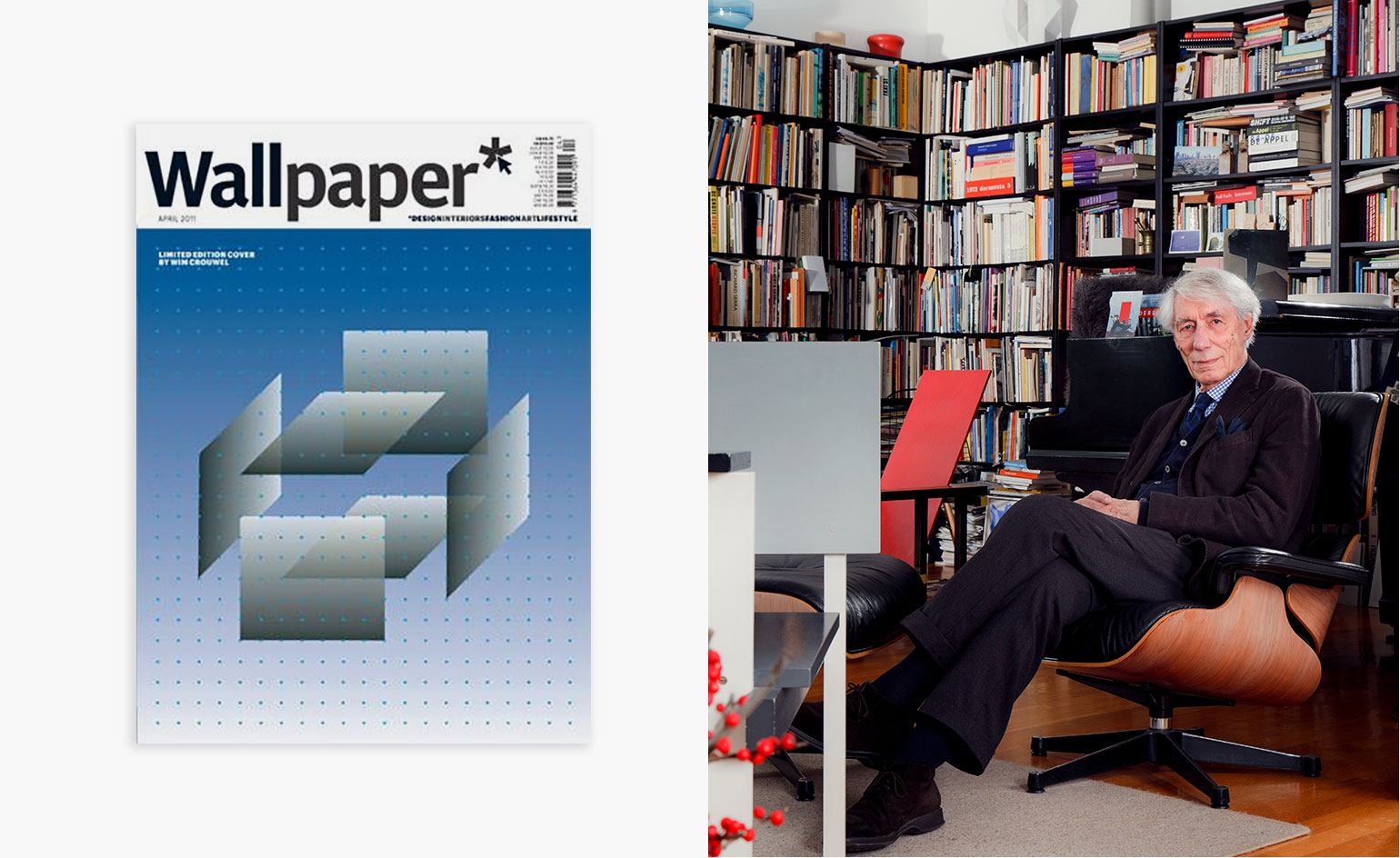 In memoriam: Wim Crouwel (1928-2019)
In memoriam: Wim Crouwel (1928-2019)By Elly Parsons
-
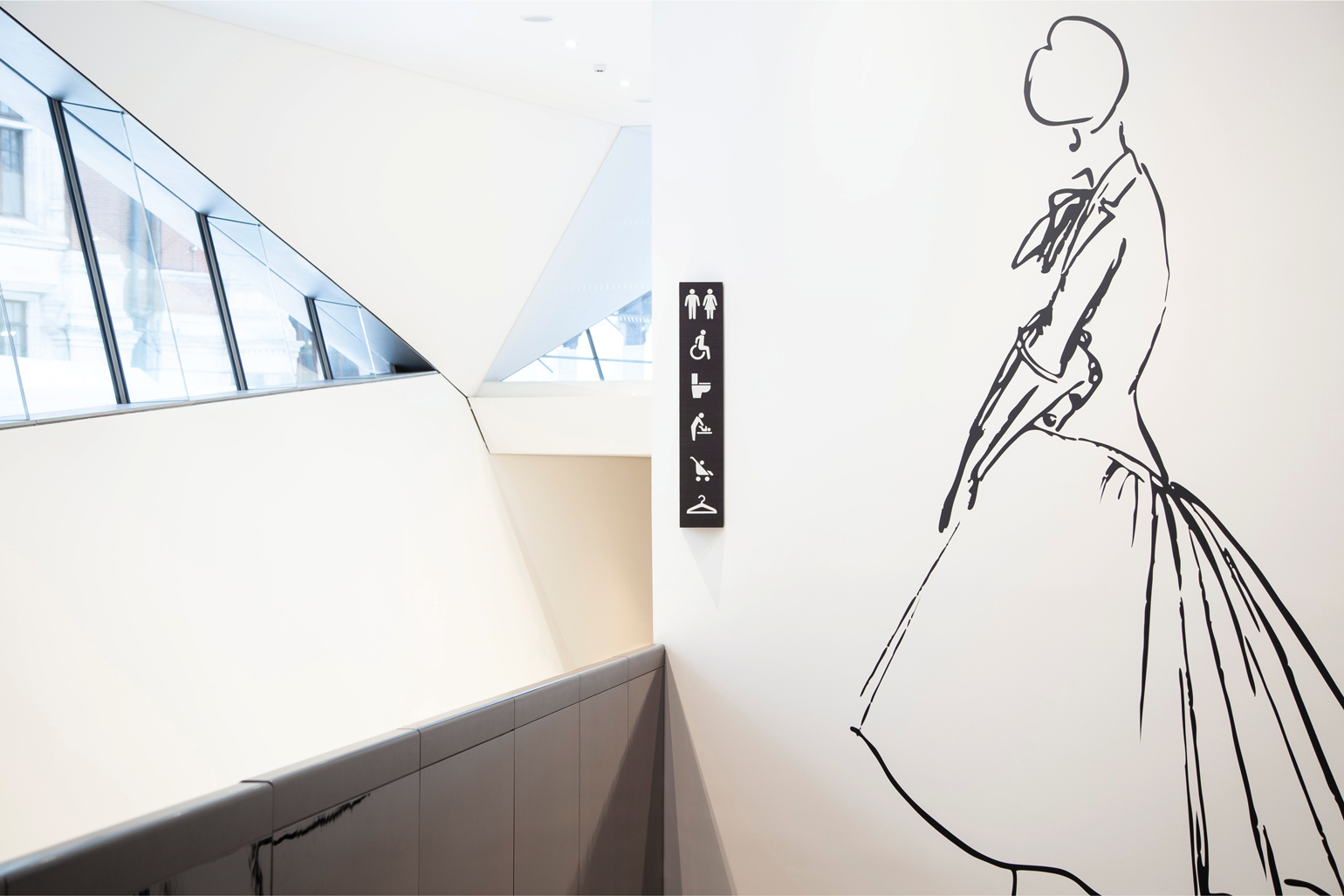 V&A Museum’s new map navigates seven miles of gallery space
V&A Museum’s new map navigates seven miles of gallery spaceAnyone who has ever found themselves waylaid in the V&A will welcome the addition of a new map, and nearly 400 signs, comprising 60 totems, 130 hanging signs as well as an entirely new signage at gallery thresholds
By Elly Parsons
-
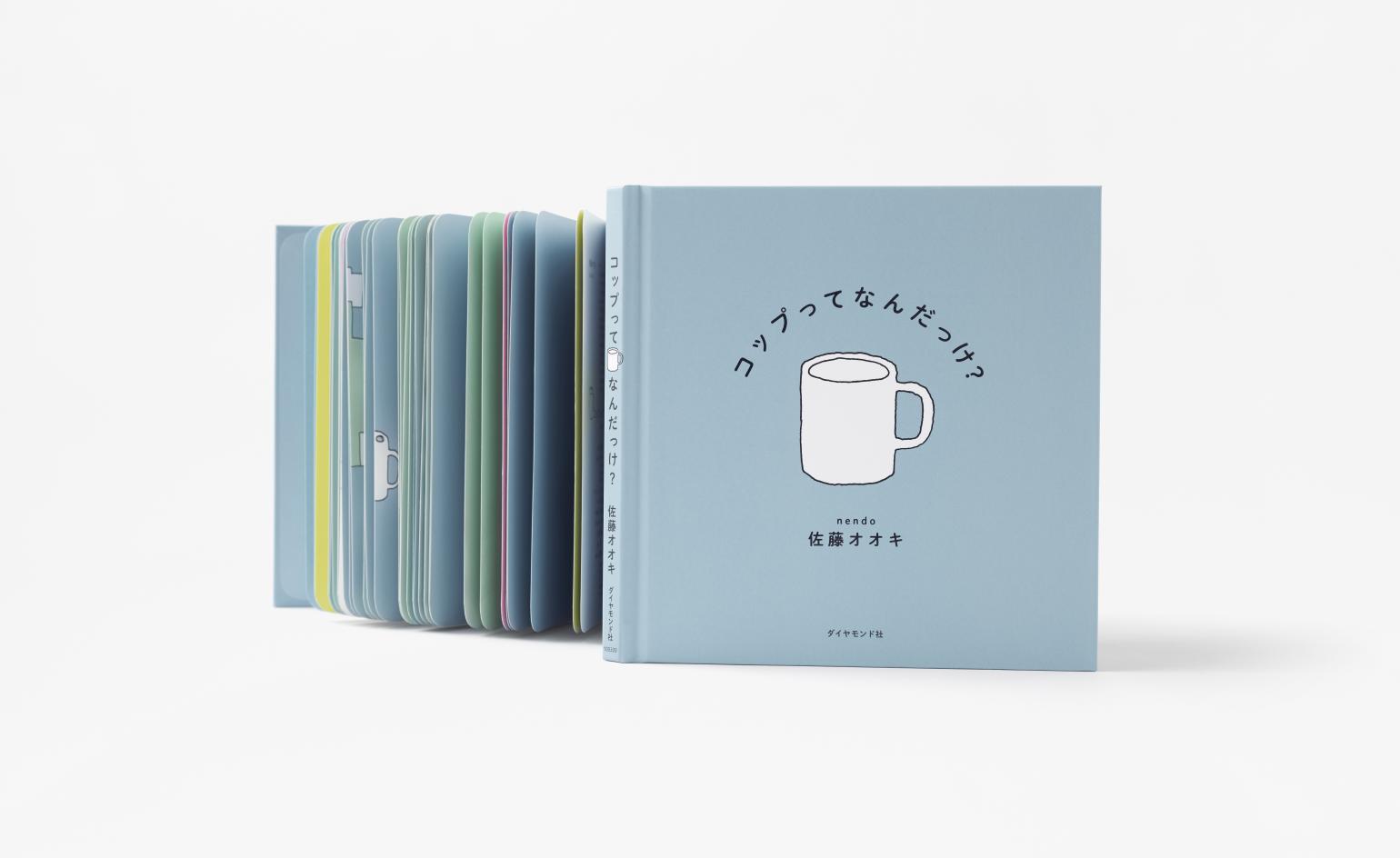 Nendo’s first graphic picture book depicts how design ideas are born
Nendo’s first graphic picture book depicts how design ideas are bornBy Nurit Chinn
-
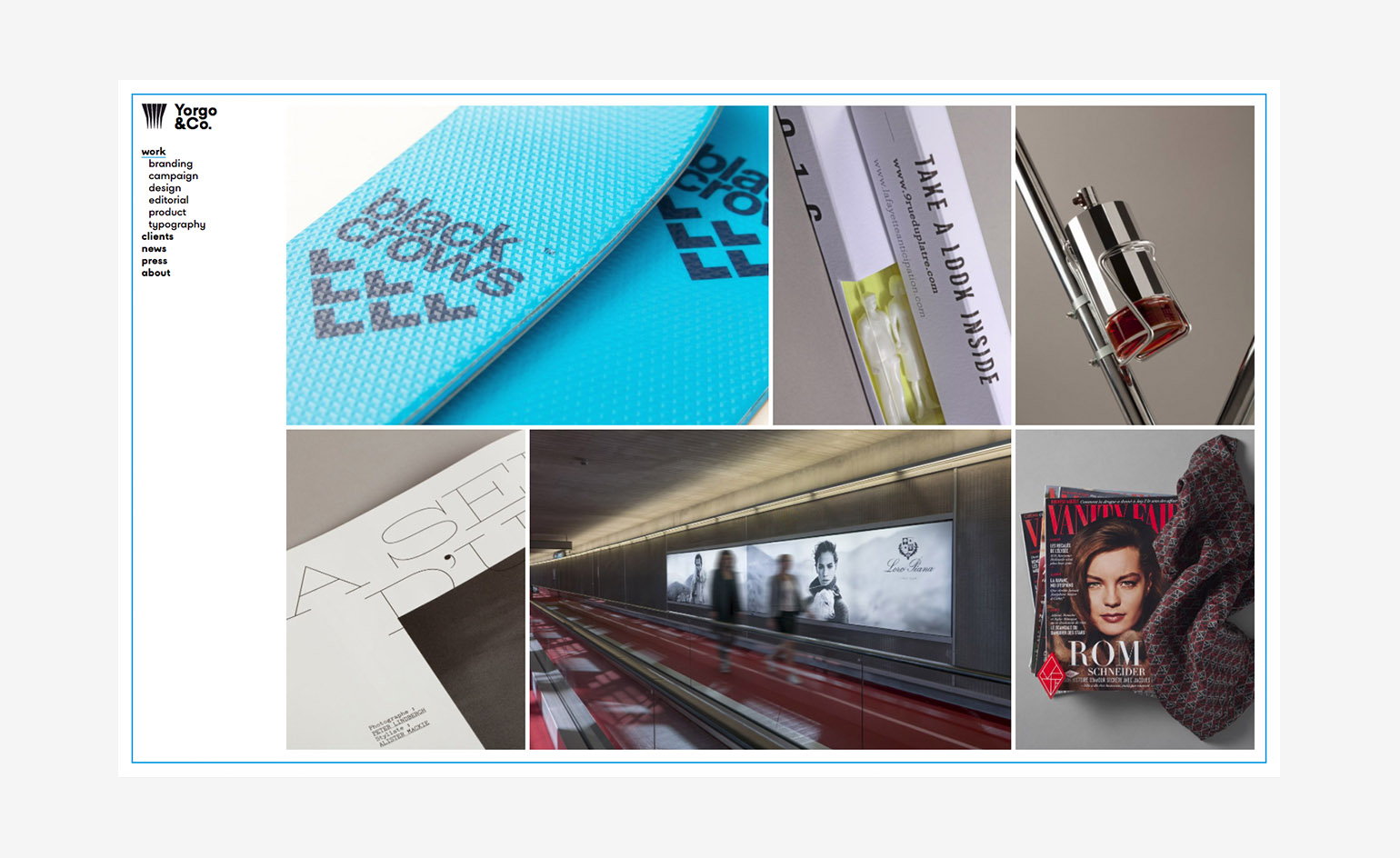 Match maker: Yorgo & Co’s newest endeavour is a happy marriage of digital and print
Match maker: Yorgo & Co’s newest endeavour is a happy marriage of digital and printBy Rosa Bertoli
-
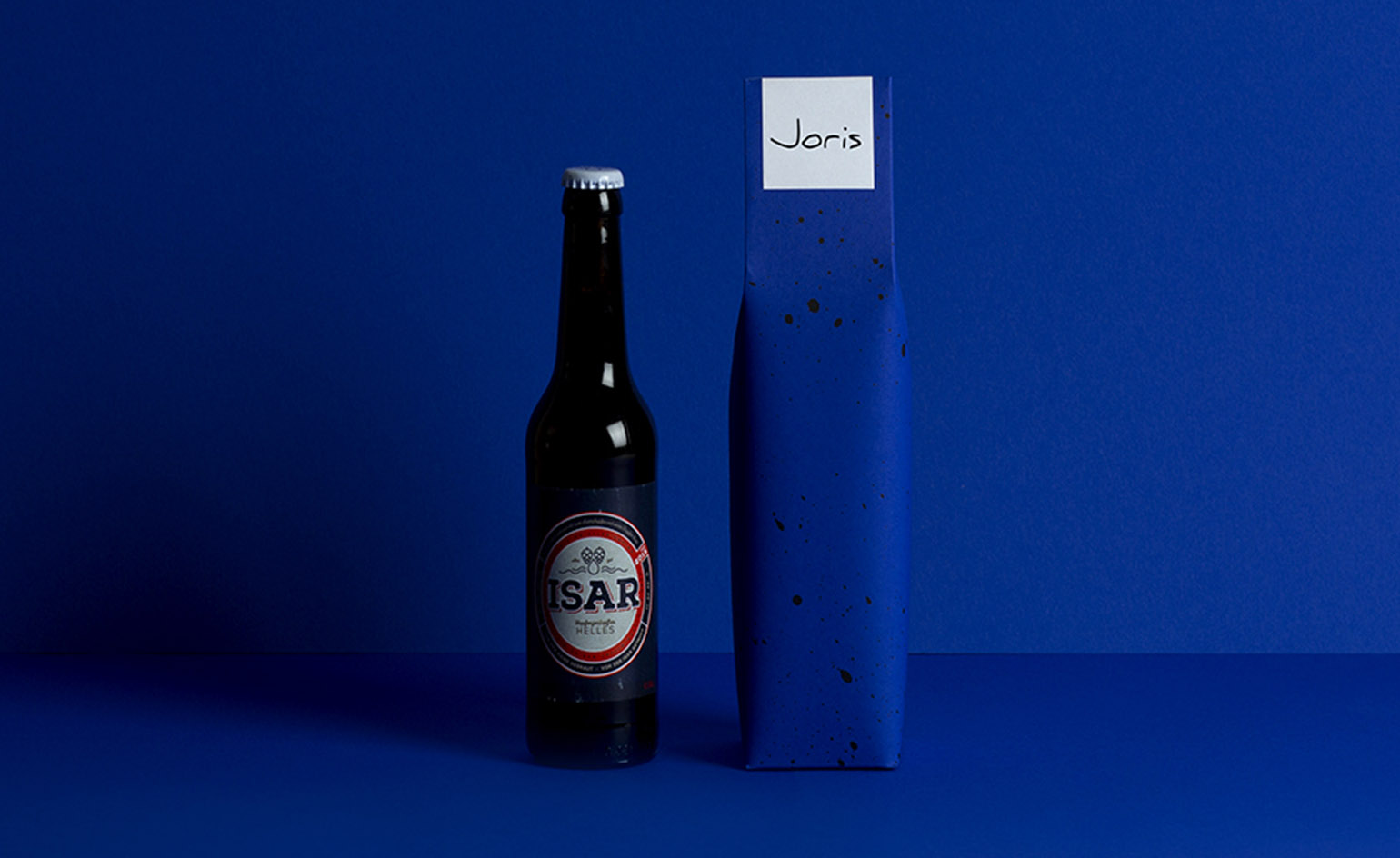 Making paper: traditional Japanese gift wrapping gets a modern German twist
Making paper: traditional Japanese gift wrapping gets a modern German twistBy Jessica-Christin Hametner
-
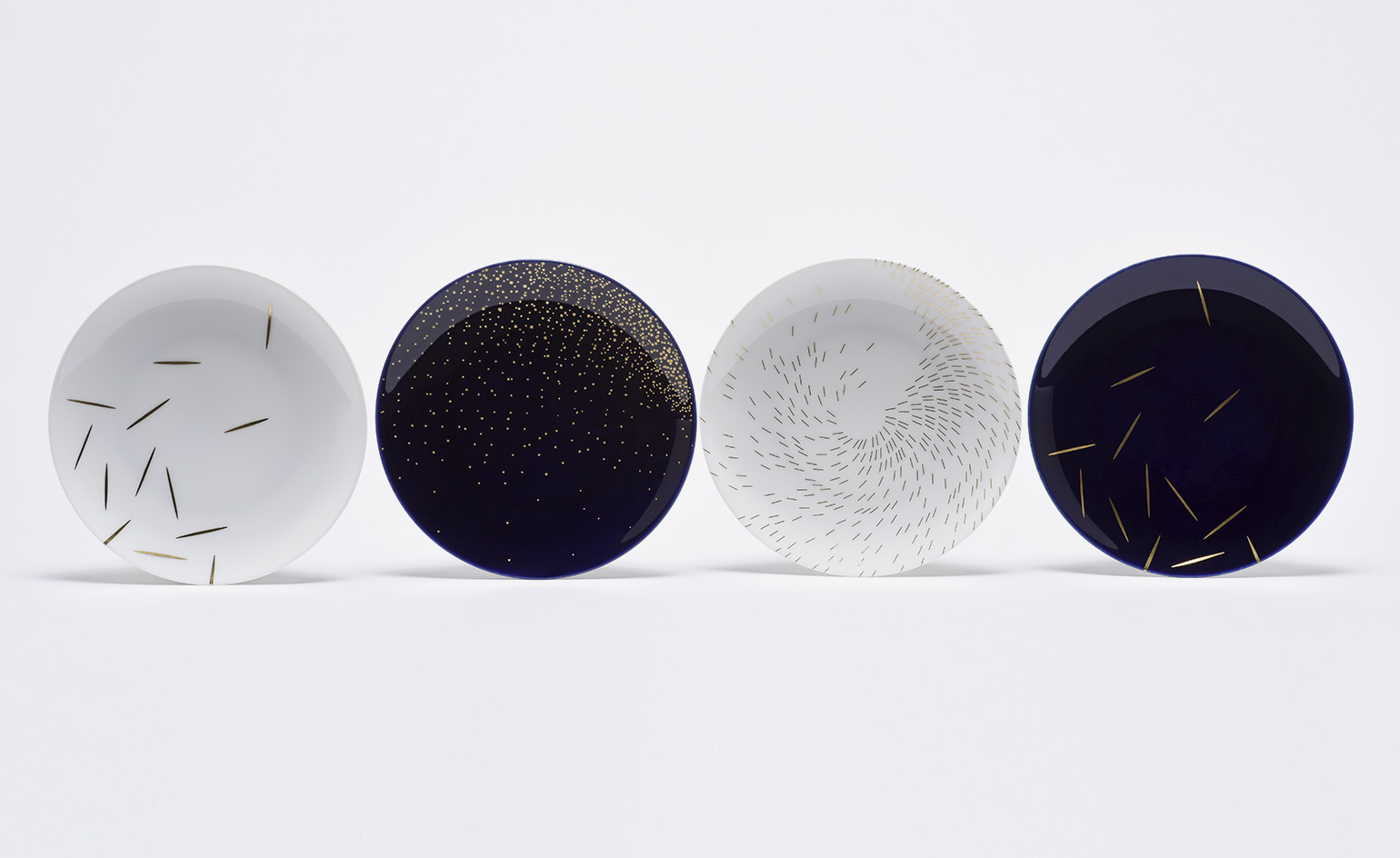 Frozen motion: Philippe Apeloig makes his mark on porcelain
Frozen motion: Philippe Apeloig makes his mark on porcelainBy Amy Verner